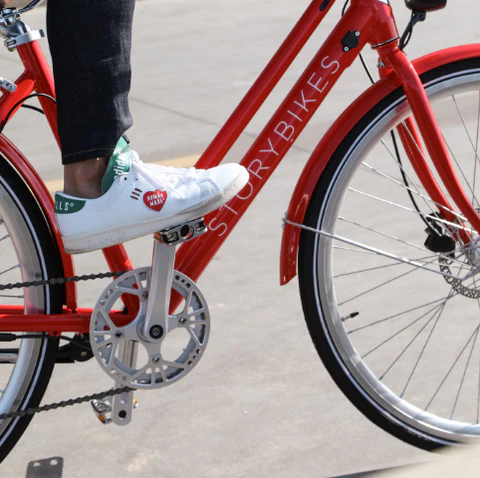One of the most appealing features of electric bikes is their pedal-assist system (PAS). This technology engages the motor as you pedal, allowing you to travel faster, farther, and with less effort than on a traditional bike. While all e-bikes come with some form of PAS, not all systems are created equal. There are two main types of pedal assist systems: torque sensing and cadence sensing. Both activate the motor when you pedal, but they do so in different ways. These differences can affect your riding experience, from how smooth the assistance feels to how long your battery lasts. Choosing the right e-bike can be confusing, especially if you're new to the world of electric cycling. The terminology can be overwhelming, and it's easy to get lost in technical details. But understanding the differences between these systems can help you make an informed decision that suits your lifestyle and needs. In this guide, we’ll break down the key differences between torque sensing and cadence sensing, explore their pros and cons, and help you decide which one might be best for you. Cadence sensing systems use a sensor that detects the rotation of the crank. When you start pedaling, the sensor triggers the motor to provide assistance. It acts like a switch—either on or off. You can adjust the level of assistance manually, but the system doesn't respond to how hard you're pedaling, just how fast. This type of system is typically more affordable and easier to install, making it a common choice for budget-friendly e-bikes. However, it may not perform as well on hilly terrain, where sudden changes in resistance can cause the assistance to feel abrupt or inconsistent. Torque sensing is a more advanced technology that measures the force you apply to the pedals. Instead of just detecting how fast you're pedaling, it gauges how hard you're pushing. This allows the bike to provide assistance that matches your effort in real time. For example, when climbing a hill, the motor will automatically increase assistance as you push harder. On flat ground, it adjusts accordingly, and when going downhill, it may even reduce or stop assistance to conserve energy. This results in a smoother, more natural ride and better battery efficiency. While torque sensing systems tend to be pricier, they offer a more responsive and efficient riding experience, making them ideal for those who ride on varied terrain or want a longer range. The main difference between the two systems lies in how they respond to your pedaling. Cadence sensing activates based on movement alone, which can lead to a less seamless experience. Torque sensing, on the Other hand, reacts to your actual effort, creating a more intuitive and comfortable ride. When it comes to battery life, torque sensing is more efficient. It only provides assistance when needed, whereas cadence systems can be less precise, potentially draining the battery faster. If you frequently ride on hills or want to maximize your range, torque sensing is the better option. If you're looking for an affordable, no-frills e-bike for short rides on flat roads, cadence sensing could work for you. However, if you value a smoother ride, better battery efficiency, and adaptability to different terrains, torque sensing is the way to go. Ultimately, torque sensing offers a more modern and versatile experience, making it a better long-term investment. It adapts to your riding style and can support you as your fitness goals evolve over time. Ready to take the next step? Our e-bikes are designed with both performance and affordability in mind. Whether you're commuting, exploring, or just enjoying the ride, we have options that combine classic design with cutting-edge technology. Plus, for every bike we sell, we donate one to a student in Zimbabwe. Explore our collection today and find the perfect e-bike for your lifestyle. Don’t hesitate to reach out if you have any questions—we’re here to help you make the best choice for your ride. Electric Raclette Grill For 12 Persons Electric Raclette Grill for 12 persons Electric Raclette Grill For 12 Persons,Electric Grill Pancake Crepe Plate,12 Persons Bbq Grill,12 Person Raclette Grill Yilian Smart Manufacturing Co.,Ltd , https://www.ylcrepemaker.com
Cadence Sensing: How It Works
Torque Sensing: A Smarter Approach
Torque vs. Cadence: Key Differences
Which One Should You Choose?